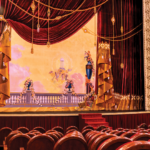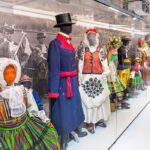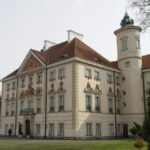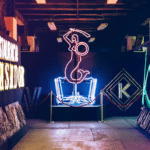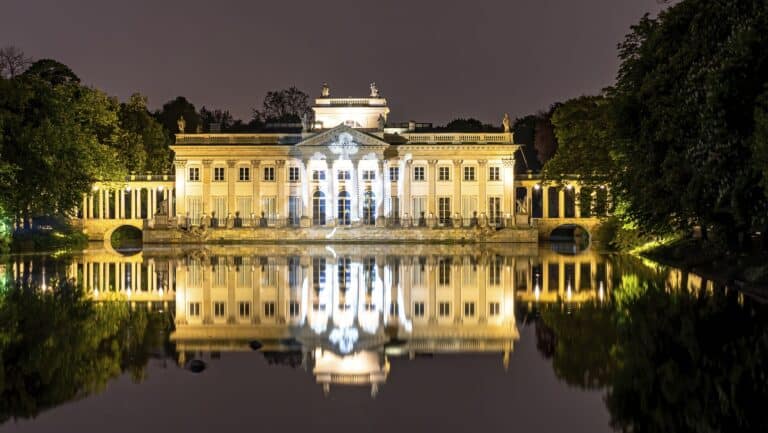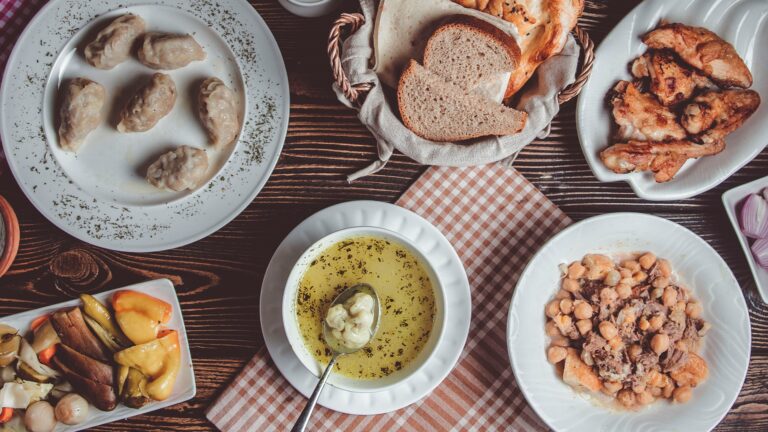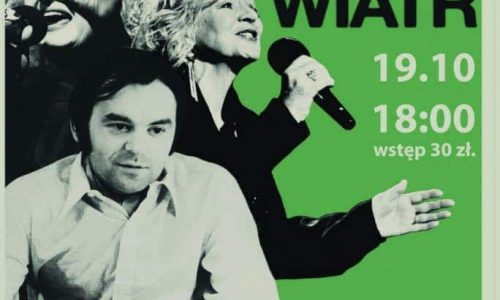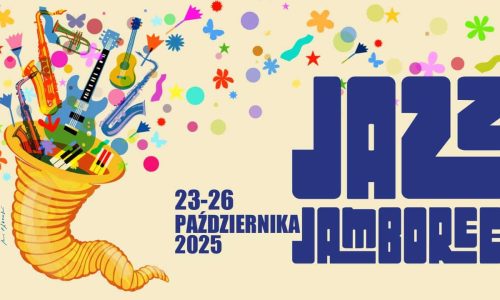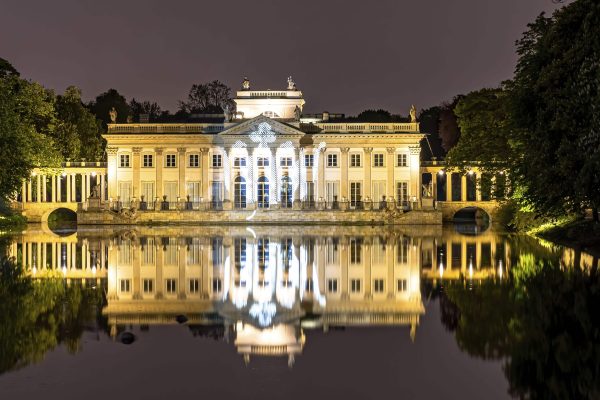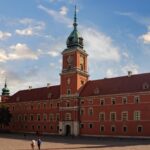Creating a royal collection of graphics
The beginnings of the royal collection date back to 1748, when the young Poniatowski purchased his first painting during a stay in Brussels. It was then that his fascination with the works of Rubens and van Dyck began, giving rise to a passion for collecting[1]. Even as king, he did not limit himself to collecting paintings, drawings and prints. Following the example of other monarchs whose residences and collections he had the opportunity to admire during his youthful travels in Europe, his collecting extended to all branches of art and science. He was equally committed to including sculpture, medals, numismatics and 'antiquities' in his collections, as well as maps, models of machines, physical and astronomical instruments or precious stones. A special place in the royal collection was occupied by the Cabinet of Engravings, which was his most personal collection, an object of pride and also a refuge in difficult moments of his reign.
'Metamorphoses' - The royal collection of prints of Stanislaus Augustus.
The Royal Drawing Room
By the end of Stanislaus Augustus's life, his collection of engravings and drawings numbered, according to various sources, between 80,000 and 100,000 objects loose and in portfolios and volumes. This collection, as well as the library and other collections, was initially looked after by the royal secretary, Józef Duhamel. It was not until 1767 that these functions were separated and Nicolas Melini, assisted by Peter Marival, became curator of the Cabinet of Prints[1]. Substantive supervision of the collections was exercised by the aforementioned Moszyński.
Thematic categories of the so-called classe
The Classe de Portraits, comprising more than 6,600 engravings housed in 51 portfolios, was the most numerous of the nine categories identified in the Drawing Room. It contained images of prominent historical figures ranging from popes, lower-ranking clergy, emperors, kings, princes, ministers and military officers to scholars, writers and artists. This collection was supplemented by two separate and slightly different format boxes entitled Polonorum Icones, the contents of which consisted of drawings and engravings (mostly) with representations of Polish rulers and historical personages.
Drawings, engravings and designs from the collection of King Stanislaw August
Artistic and architectural drawings
Alongside his vast collection of engravings, Stanislaw Augustus amassed a smaller collection of artistic drawings, numbering just under two thousand objects. Arranged in alphabetical order, the works were placed in cardboard portfolios numbered 173 to 177. Although a significant proportion of them received royal mounts, it was not possible to prepare decorative portfolios for them. The inclusion of individual drawings in the collection was personally decided by the king, for whom the most important criterion besides aesthetics was the name of the author. The number of individual schools therefore reflected the monarch's tastes. The most numerous was the Italian school, represented among others by 16th-century artists Giorgio Vasari, Bartolomeo Passerotti, Francesco Salviati and Allesandro Allori; 17th-century artists Antonio Tempesta, Andrea Sacchi and Giovanni Francesco Grimaldi; and 18th-century authors Francesco Solimena and Giovanni Battista Pittoni. Second in size was a group of drawings of the French school from the 17th and 18th centuries with works by François Boitard, Jacques Rigaud, Charles-Joseph Natoir, François Boucher, Jean-Honoré Fragonard and others. The Dutch school was less well represented, but even here one could find such illustrious names as Pieter Coecke van Aelst, Jan Wierix and Abraham van Diepenbeck. The royal collection was adorned with works from the Flemish school, including drawings by Peter Paul Rubens and Jacob Jordaens, and the Dutch school with works by Adriaen van der Velde, Jan van Goyen, Gaspar van Wittele or Rembrandt van Rijn himself. Among the drawings of the least numerous German school, the 17th-century works by Johann Rottenhammer, Jürgen Ovens or Johann Heinrich Ross and works by 18th-century artists attracted attention: Jacob Philipp Hackert, Karl Daniel Friedrich Bach and Friedrich Anton August Lohrmann[1].
















